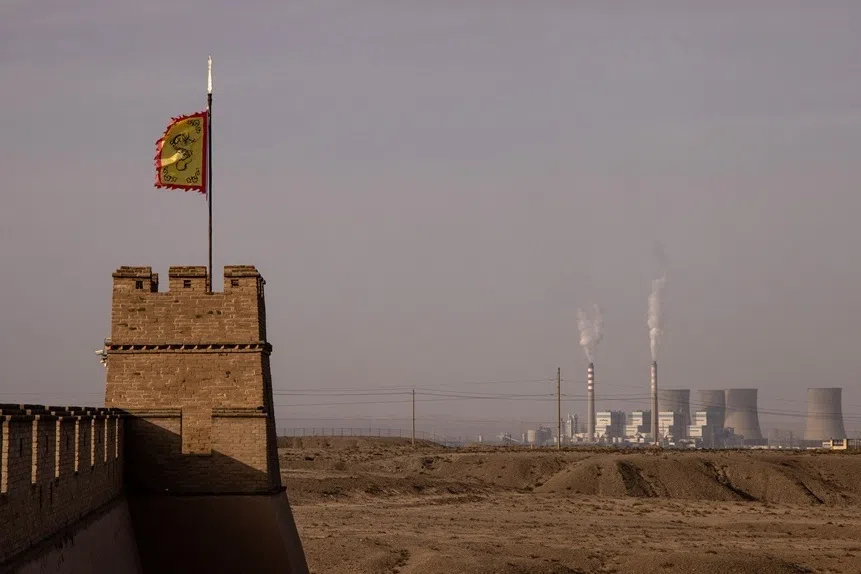China’s push for the low-altitude economy: What’s behind it?
As part of Chinese officials’ move to boost the country’s emerging industries, the low-altitude economy has been earmarked as an important driver for economic growth. Researcher Ding Ke looks into the motivations behind this push.
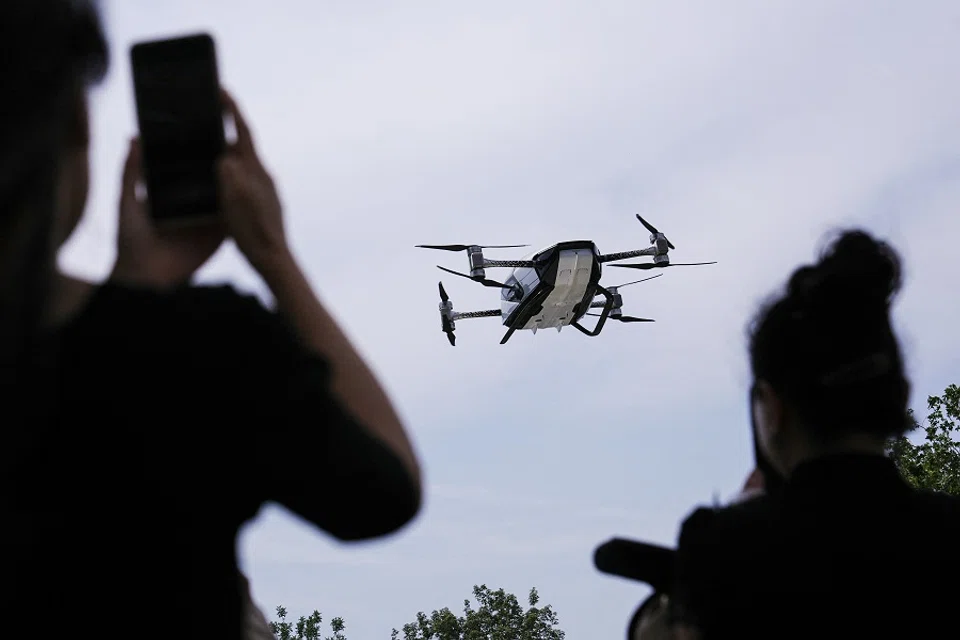
The low-altitude economy, which includes economic activities happening up to 1,000 metres above the ground, has become a crucial avenue for China to develop “new quality productive forces” and cultivate new momentum for economic growth.
In March 2024, China’s State Council announced in its government work report plans to “foster new growth engines” in areas like biomanufacturing, commercial spaceflight, and the low-altitude economy. Then, in July, the Chinese Communist Party’s 20th Central Committee reiterated its focus on developing general aviation and the low-altitude economy during its third plenary session.
Examining this sector reveals why the Chinese government has invested heavily in developing new quality productive forces in recent years.
They believe that fostering emerging industries like the low-altitude economy is essential for maintaining innovation and entrepreneurship.
Sustaining long-term economic development
Firstly, the development of the low-altitude economy demonstrates the Chinese government’s desire to drive economic growth by fostering new industries and exploring emerging opportunities.
Amid China’s economic downturn in recent years, public opinion inside and outside of China generally thinks that China should expand domestic demand and boost consumption, solving its economic woes from the demand side.
However, the Chinese government seems to have a distinct approach to economic growth. They believe that fostering emerging industries like the low-altitude economy is essential for maintaining innovation and entrepreneurship. This strategy has been crucial for China’s sustained economic development over the years and is expected to remain important moving forward.
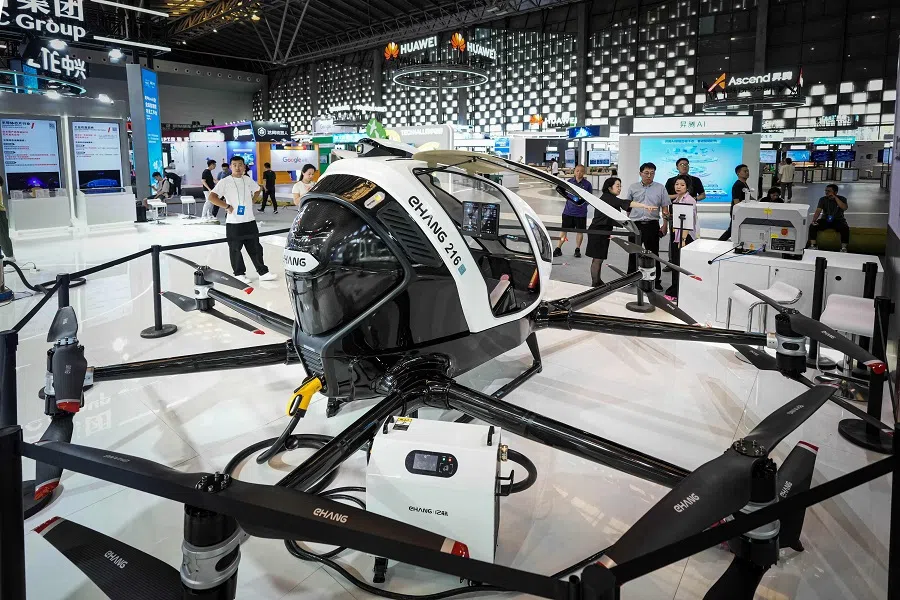
Taking the low-altitude economy as an example, in just a short couple of years, startups such as Ehang, AutoFlight, XPeng Aeroht and TCab Tech have rapidly risen and become the main players of the industry.
While it is common in China for startups to drive the development of emerging industries, this is quite rare in other East Asian economies. This is because emerging industries come with huge risks and uncertainties, so the private sector is often hesitant to get involved.
Numerous studies on innovation and entrepreneurship have shown that new, fast-growing startups offer higher pays and create more jobs than traditional enterprises in existing industries, and can be a powerful driver of economic growth.
... the development of the low-altitude economy reflects the Chinese government’s fundamental goal of providing application scenarios for new technologies...
China’s strength: Developing new application scenarios
Secondly, the development of the low-altitude economy reflects the Chinese government’s fundamental goal of providing application scenarios for new technologies and securing a leading position in the technological race of the fourth industrial revolution (4IR).
Amid the China-US tech competition, China has always emphasised its unique advantage of having the world’s richest application scenarios for new technologies. China not only has a huge demand for new technologies due to the sheer size of its manufacturing sector, but also strives to continually introduce new scenarios by developing emerging industries. The low-altitude economy is undoubtedly a strong attempt by the Chinese government to create a new scenario.
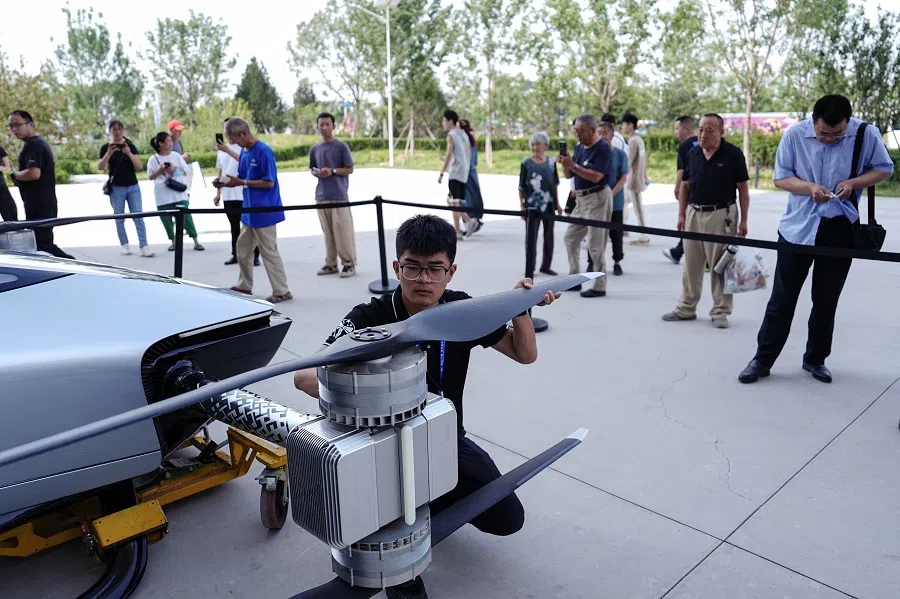
The low-altitude economy is a vast and complex system that not only involves smart device technologies for aircraft such as drones and eVTOL (electric vertical takeoff and landing aircraft), but also new energy technologies related to batteries, and artificial intelligence technologies related to autonomous driving.
The realisation of these technologies is closely related to underlying technologies such as digital modelling, virtual simulation, intelligent sensing and machine vision. All these new technologies are key technologies of the 4IR. The low-altitude economy can provide huge demand for these new technologies and accelerate their commercialisation.
Various industries are currently actively exploring possible application scenarios for the low-altitude economy. Drones are the most mature scenario in this respect, with in-depth discussions on the possibilities of using drones for logistics, traffic patrols, emergency rescue, surveying and mapping, and power line inspection.
Meanwhile, as eVTOL technology gradually matures, increasingly more manned application scenarios will be developed in the future.
The biggest obstacle to the development of the low-altitude economy is the strict control of Chinese airspace.
Relaxation of airspace control necessary
Finally, the development of the low-altitude economy also demonstrates the Chinese government’s willingness to take the development of new quality productive forces as an opportunity to promote institutional reforms and establish new productive relations.
The development of emerging industries is not only constrained by technological progress but also productive relations that lag behind the development of productive forces.
The biggest obstacle to the development of the low-altitude economy is the strict control of Chinese airspace. Countries with developed low-altitude economies have experienced a transition from military-led to civilian-led airspace management. For example, in the US, airspace resources have gradually shifted towards civilian use over the past few decades, with military control now accounting for less than 20%.
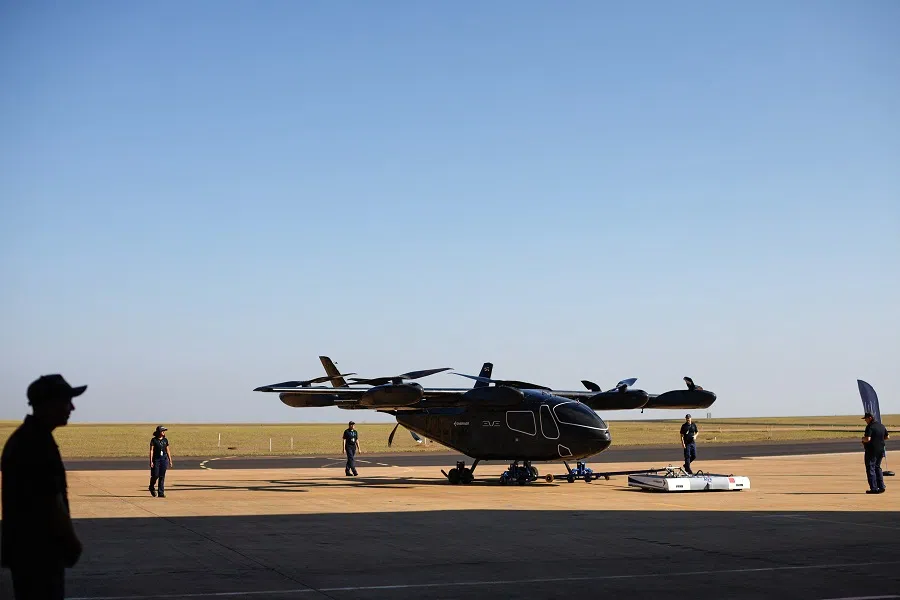
The development of the low-altitude economy can effectively promote China’s relaxation of its airspace control.
In November 2023, the Civil Aviation Administration and other departments released draft regulations on airspace management for comments. The document designated class G and class W airspace below 300 metres as uncontrolled airspace, greatly simplifying the approval procedures for low-altitude flights.
In the future, how various regions formulate detailed rules for airspace management, implement them, and coordinate with other regions will become the focus of airspace management reform.
The low-altitude economy is one of the many tracks related to new quality productive forces. Even if it develops smoothly to a trillion-RMB scale in the next few years, it may still be difficult to become a pillar industry like real estate or new energy vehicles.
However, I believe that as long as new industries and new tracks like the low-altitude economy, new technologies and new scenarios continue to emerge, and corresponding institutional reforms continue to advance, the Chinese economy will be able to sustain its vitality for a long time.

